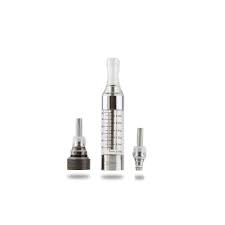Vaping: Understanding the Basics and Its Impact
Vaping has become a prevalent practice, especially among younger demographics, as an alternative to traditional smoking. But what exactly is vaping, and what are its implications for health?
At its core, vaping involves inhaling a mist, commonly referred to as vapor, which is generated by an electronic device such as an e-cigarette, vape pen, or mod. These devices heat a liquid—usually containing nicotine, flavorings, and other chemicals—to create an aerosol that the user inhales. Unlike smoking cigarettes, which burn tobacco to release smoke, vaping heats the liquid without combustion.
The mechanics of a vaping device typically include a cartridge or pod to hold the liquid, a heating element, a battery to power the device, and a mouthpiece through which the user inhales the vapor. The variety of devices available on the market can range from disposable e-cigarettes to more advanced personal vaporizers.
While vaping is often perceived as a less harmful alternative to smoking, it is not without risks. The aerosol from e-cigarettes contains particles that can cause inflammation and irritation in the lungs. Moreover, the long-term effects of vaping are still not fully understood, given its relatively recent emergence as a smoking alternative.
Health concerns have been raised, particularly with the outbreak of e-cigarette or vaping use-associated lung injury (EVALI), which has resulted in numerous cases of lung damage and even deaths. This condition has been predominantly linked to the modification of vaping devices or the use of black market e-liquids, especially those containing THC. The CDC has identified vitamin E acetate, a thickening agent used in THC vaping products, as a chemical of concern related to EVALI.
The debate on whether vaping is safer than traditional smoking continues, with some studies suggesting that vaping exposes users to fewer toxic chemicals compared to smoking cigarettes. However, both practices involve the intake of addictive substances and potentially dangerous chemicals into the body.
As vaping remains a topic of ongoing research and discussion, it is crucial for individuals to stay informed about the latest findings and health advisories. For those considering vaping as a means to quit smoking, it is advisable to consult healthcare professionals and explore all available cessation methods to make an informed decision.
In conclusion, while vaping may offer an alternative to smoking, it is essential to weigh its potential health risks. As research evolves, so too will our understanding of the impact of vaping on public health.

 Vaping is the process of inhaling and exhaling an aerosol created by an e-cigarette or similar device. This aerosol is produced when a liquid, often containing nicotine and flavoring, is heated and vaporized. This method of consuming nicotine carries a variety of benefits over traditional smoking, making it an appealing choice to many.
Vaping is the process of inhaling and exhaling an aerosol created by an e-cigarette or similar device. This aerosol is produced when a liquid, often containing nicotine and flavoring, is heated and vaporized. This method of consuming nicotine carries a variety of benefits over traditional smoking, making it an appealing choice to many.
Recent Comments